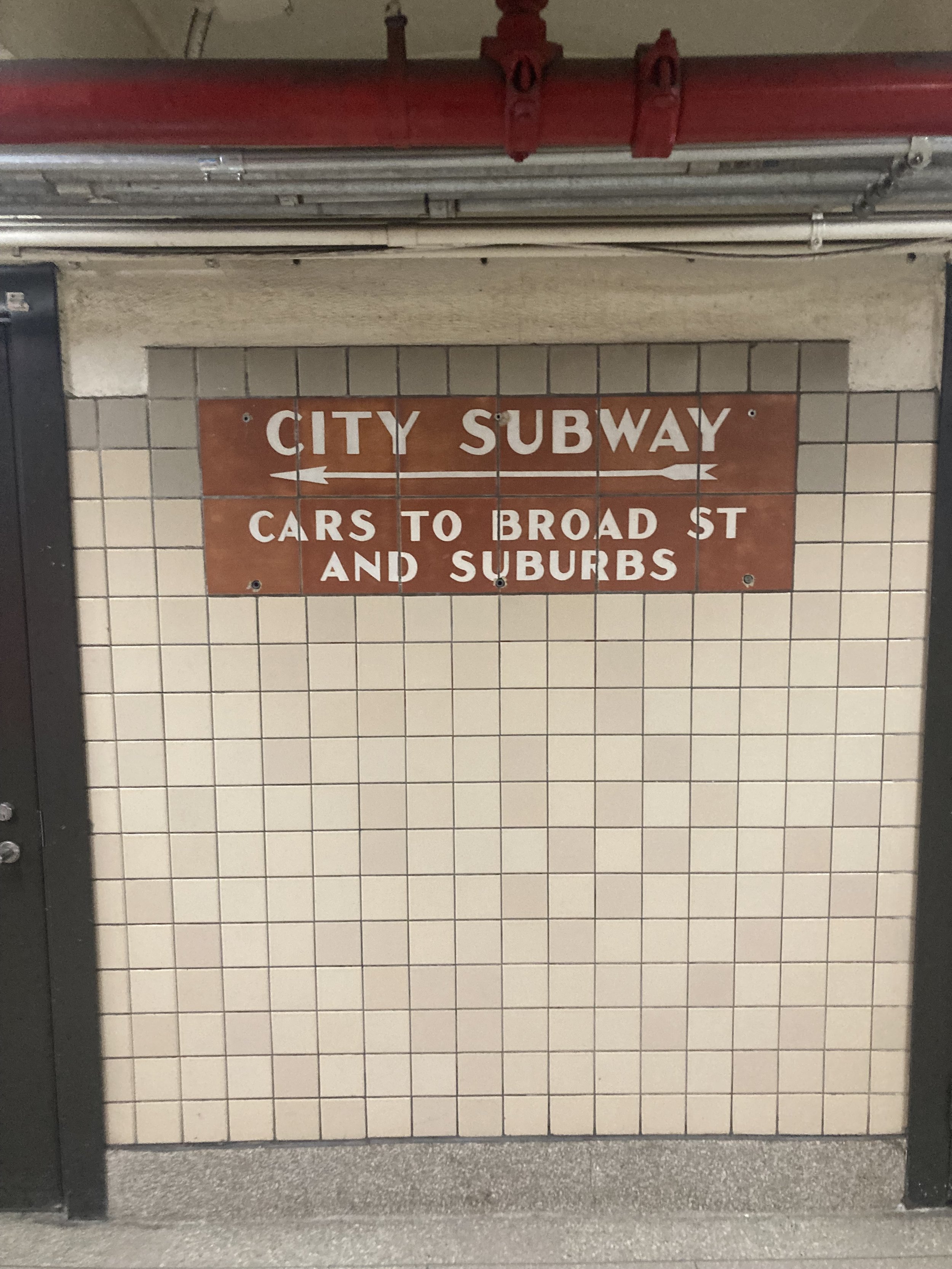Cherry Blossoms in the Brick City
WHERE: Branch Brook Park, Newark, New Jersey
START: Branch Brook Park station (Newark Light Rail), fully accessible
FINISH: Bloomfield Avenue station (Newark Light Rail), fully accessible
DISTANCE: 1.4 miles
Photographs by Michael Cairl. Map courtesy Google Maps.
Until a couple of days ago I had no idea there were thousands of cherry trees in Newark, New Jersey, mostly in Branch Brook Park. I had biked along Bloomfield Avenue past this park but had never been in the park.
When I lived in Washington, D.C., cherry blossom time was a very big deal. Helen Taft, wife of the 27th President, William Howard Taft, spearheaded the planting of cherry trees along the Tidal Basin. Many thousands of people go down to the Tidal Basin to see the cherry blossoms every year, These are delicate flowers and will not survive wind and rain. In the seven years I lived in Washington, only once did the blossoms last long enough for me to photograph them. Knowing full well how fragile these blossoms are, and knowing I could get to Branch Brook Park on the Newark Light Rail, I had no time to lose and had to see them for myself.
Newark Light Rail used to be called the Newark City Subway. Before it was converted to a light rail line in the early 2000s it was served by streetcars that converged from various points into a tunnel underneath Raymond Boulevard in downtown Newark, terminating at Penn Station. The one remaining line, from Penn Station to Branch Brook Park, had been built in the 1930s partly in the bed of the Morris Canal, which had been abandoned. New Jersey Transit has not obliterated the 1930s signs or artwork. A nice presentation on the artwork can be found at https://sites.google.com/site/historictileinstallationsn/nj_newark--wpa-morris-canal-murals. A detailed history of the City Subway/Light Rail, with a lot of images, can be found at https://www.nycsubway.org/wiki/Newark,_New_Jersey_Light_Rail/City_Subway. Here’s one of the mosaics at Penn Station, evoking the Morris Canal and Newark’s industry, and a directional sign in Penn Station. “Cars” refers to streetcars.
I worked on the extension of the Light Rail from Penn Station to Broad Street Station in 2005 - 2006.
From the Branch Brook Park station, I walked up the ramp to Heller Parkway and the park. Just past the intersection of Branch Brook Park Drive is a monument to tennis great Althea Gibson (1927 -2003), who lived for years in nearby East Orange. In 1956, she became the first African American to win a Grand Slam event (the French Championships). The following year she won both Wimbledon and the US Nationals (precursor of the US Open), then won both again in 1958 and was voted Female Athlete of the Year by the Associated Press in both years. In all, she won 11 Grand Slam tournaments: five singles titles, five doubles titles, and one mixed doubles title.
Althea Gibson monument.
In 1898 the Essex County Park Commission hired the Olmsted Brothers firm; John Charles Olmsted and Frederick Law Olmsted Jr. were Frederick Law Olmsted Sr.'s nephew/stepson and son. While their work continued that naturalistic style of landscape design championed by their father, in Branch Brook Park they were required to incorporate the elements of Bogart and Barrett's plan that had already been constructed. This led to the Olmsted firm's design concept consisting of three divisions: the Southern, from Sussex Avenue to Park Avenue, incorporating elaborate "gardenesque" elements; the Middle, from Park Avenue to Bloomfield Avenue, which would be a transitional zone, mixing the exotic with the indigenous; and, as the culmination, the Northern Division, the largest and most naturalistic area of the park.
In 1928 Caroline Bamberger Fuld, of the family that owned Bamberger’s department store in Newark, donated 2,000 Japanese flowering cherry trees to a display in Newark that would rival that in Washington, D.C. Eventually the collection would grow to more than 3,000 trees. Had I decided to walk to the light rail at Park Avenue, not Bloomfield Avenue, I’d have walked past many more cherry trees than I did. Oh well. I saw plenty from the train between Bloomfield Avenue and Park Avenue.
Branch Brook Park is just beautiful. The footpath paralleling the park drive is paved with a bituminous material that has a bit of “give” to it and was a pleasure to walk on. Except for a few spots that need to be repaired, the footpath is in very good condition. The path up to Bloomfield Avenue does need to be rebuilt, though. The park drive was closed to cars and there was a bicycle race going on.
Along the footpath is a memorial to a Newark police officer killed in the line of duty in 1997, Dewey J. Sherbo III.
This park certainly merits a return visit and a longer walk, ending with a good meal at Hobby’s Delicatessen downtown or one of the many good Spanish and Portuguese restaurants in the Ironbound neighborhood, east of Penn Station. Newark has “good bones” and is blessed with excellent transportation and cultural institutions.
Route of this walk, reading from top to bottom.






